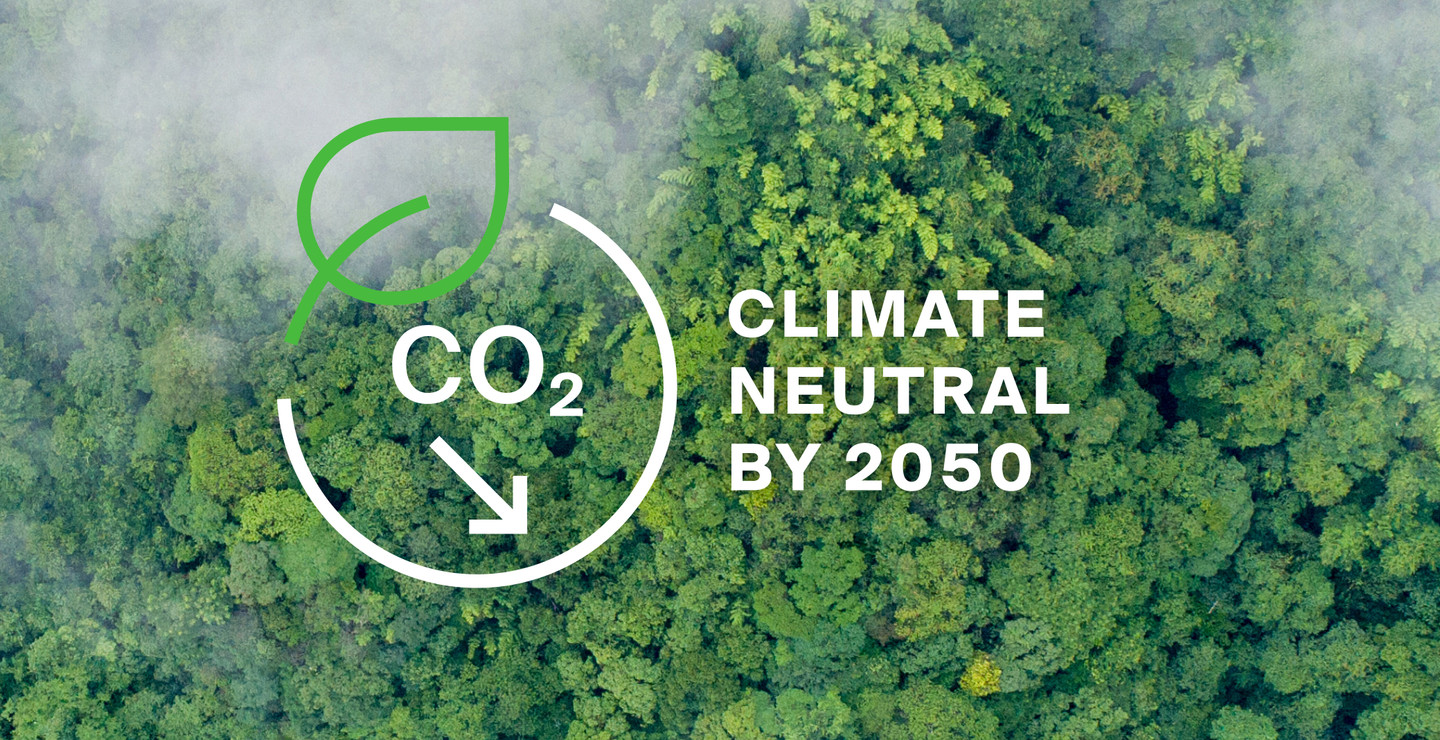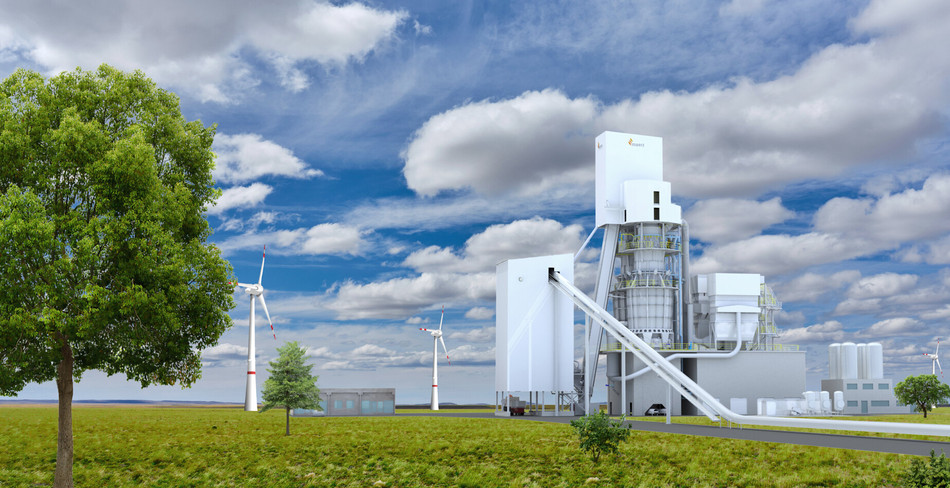The CO2 challenge
Climate change is becoming increasingly visible. With the further development of our kiln systems, we are making a contribution to reducing emissions and thus coming one step closer to the goal of the Paris Climate Agreement of 2015 - climate-neutral by 2050.

Burning lime is a CO2-intensive process
Even in modern energy-saving kilns such as the Maerz-PFR kilns, approx. 1 t of CO2 emissions are produced per ton of lime produced. About 20 % of this CO2 comes from the combustion of the fuel and 80 % from the calcination process itself, in which calcium carbonate (CaCO3) is broken down into its components quicklime (CaO) and CO2. Today, the CO2 is released into the atmosphere with the kiln exhaust gases.
The innovative solution: the Maerz EcoKiln®
In order to be able to use the resulting CO2 as a valuable raw material for subsequent processes or to sequester it, the purity of the waste gas must be more than 99 % CO2. Today, enrichment to this degree of purity is possible with various, but cost-intensive technologies such as amine scrubbing. Often the processing of the CO2 is more expensive than the production of the quicklime itself.
Currently, a rapid change in enrichment technology is taking place . It is becoming apparent that the higher the initial concentration of CO2 in the kiln exhaust gas, the more cost-effective the process becomes.
This is where the Maerz EcoKiln® comes into its own: its unique gas flow allows the CO2 content of the kiln off-gas to be raised to over 95 % in both HPS and PFR kilns. This eliminates the need for expensive processes such as amine scrubbing or pressure swing adsorption (PSA), and only one single system is required to liquefy the CO2.
All Maerz EcoKilns® can also be operated as conventional kilns and can be upgraded in stages for CO2 levels in the off-gas to 45 % or above 95 %, as required. This also makes them ideally suited for use in the soda and sugar industries and for the production of PCC.


